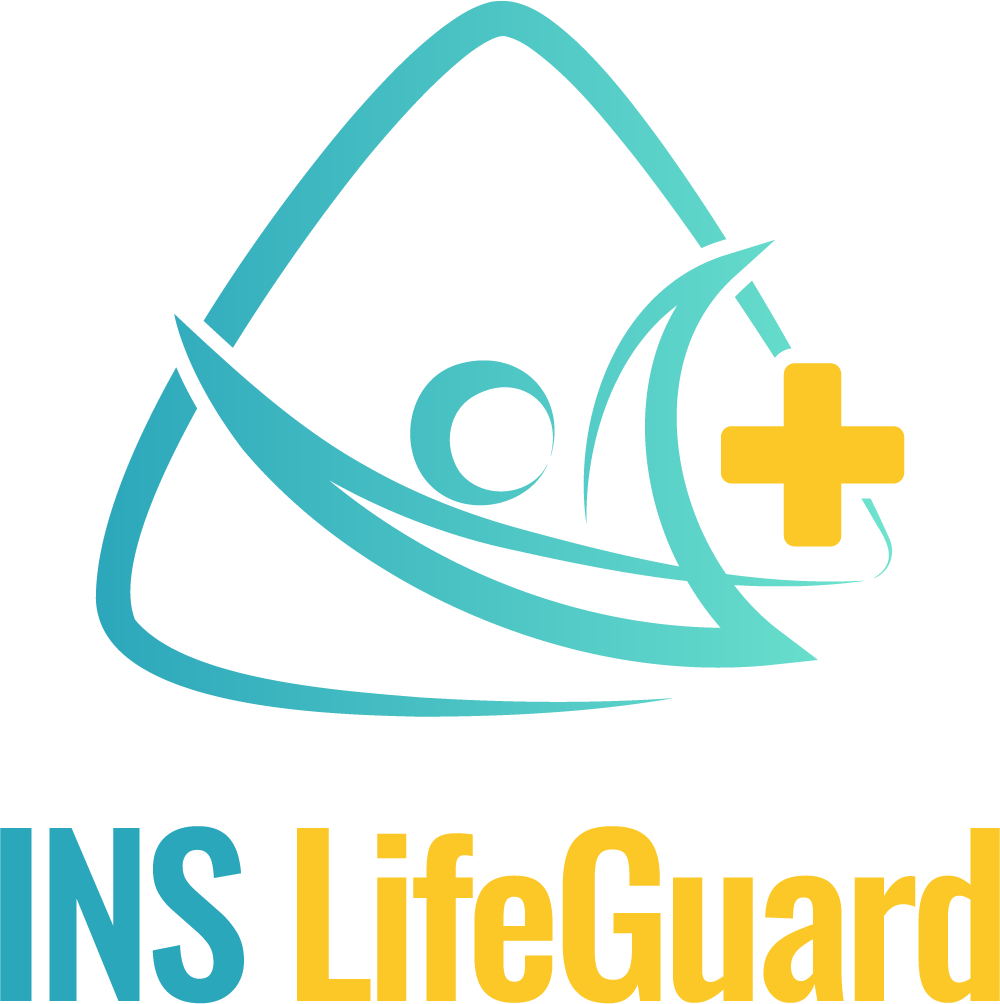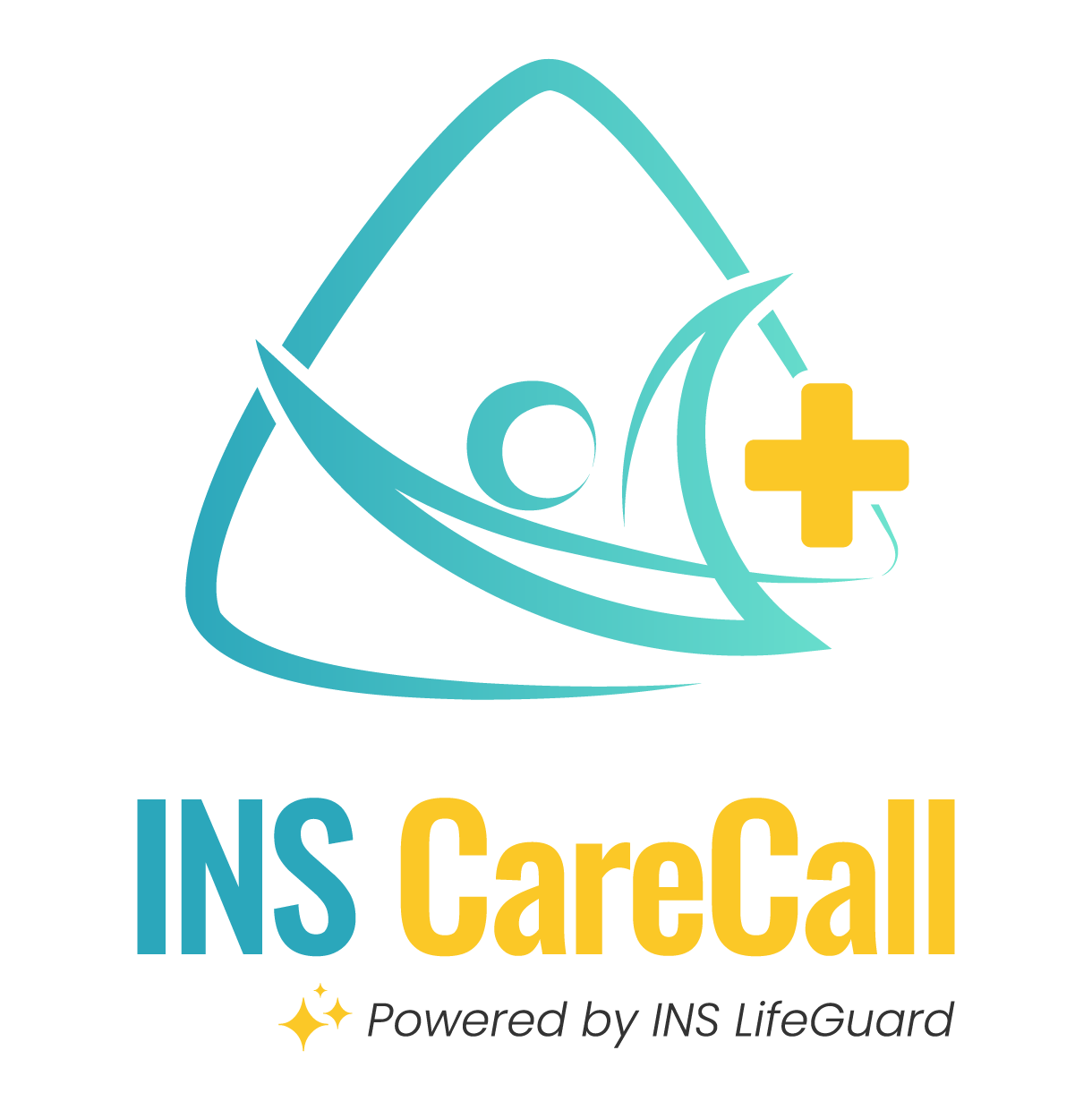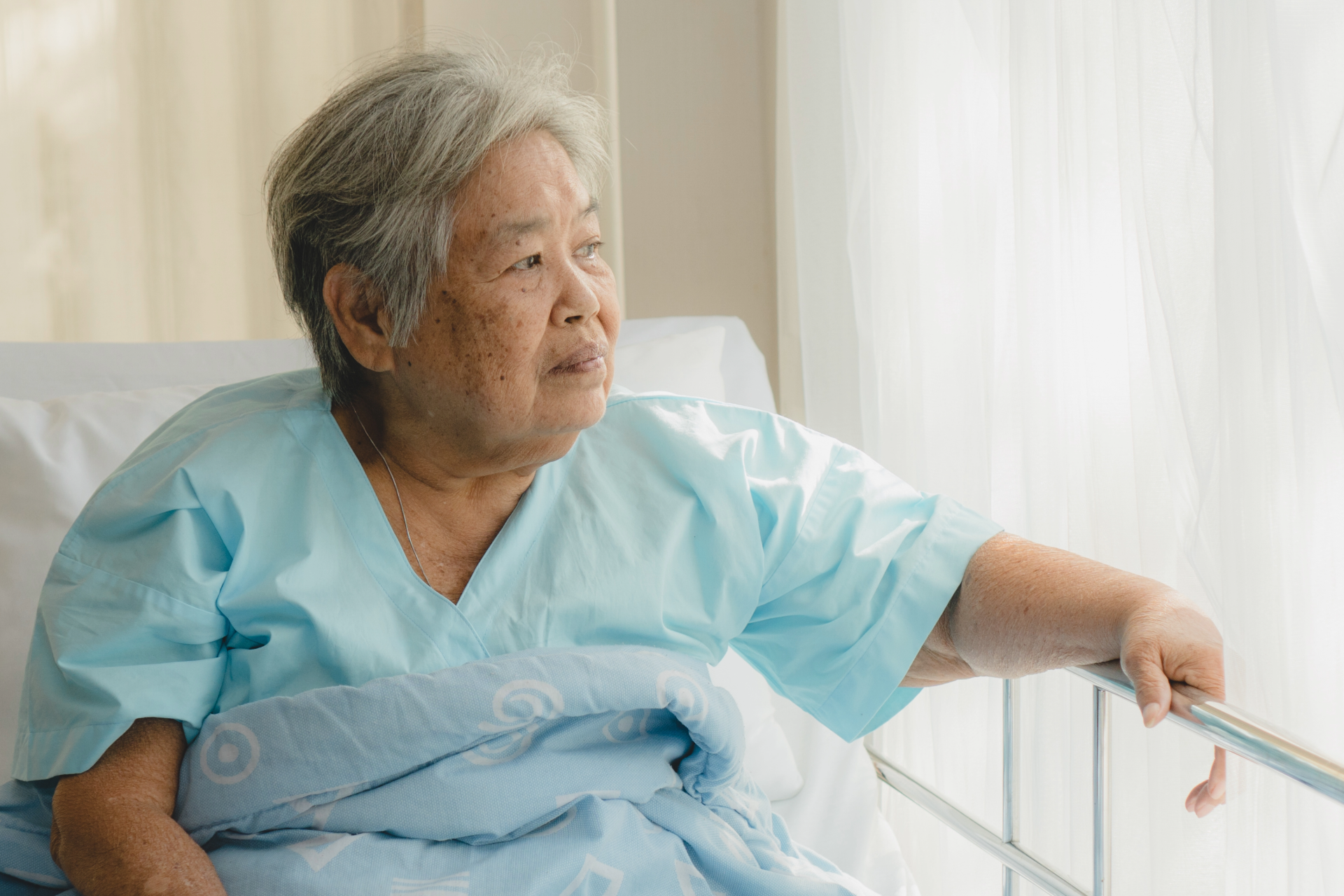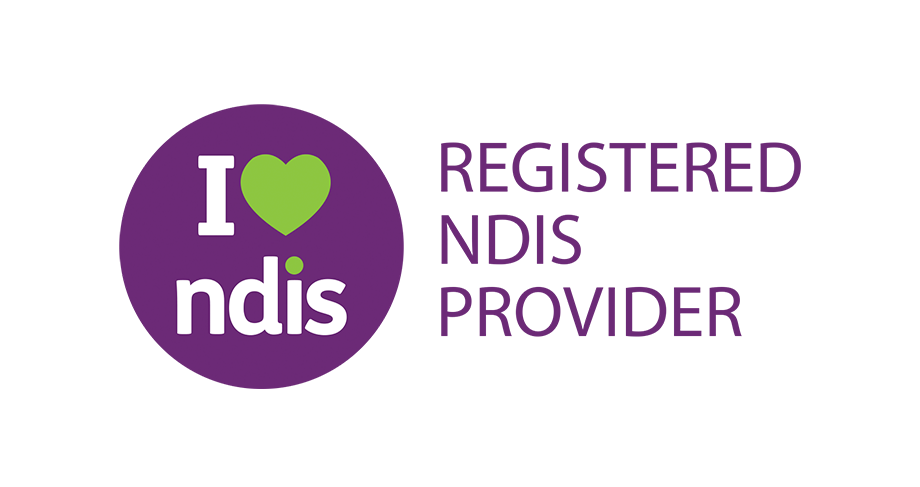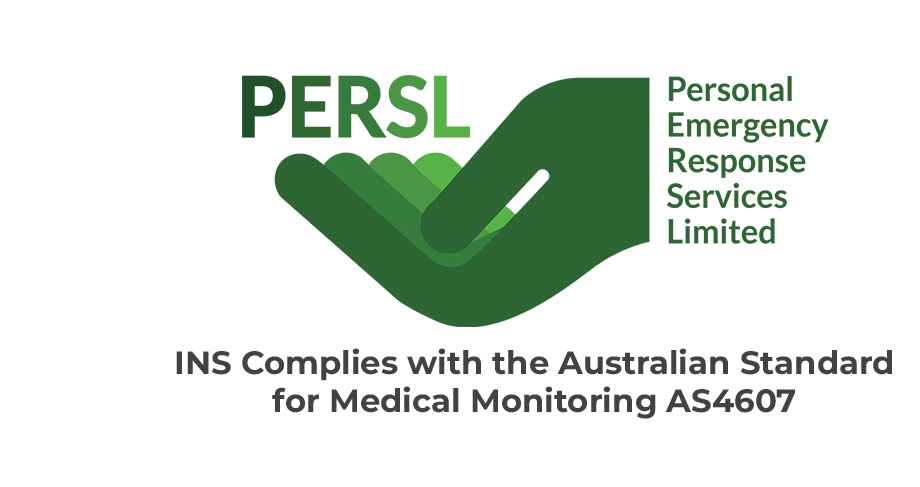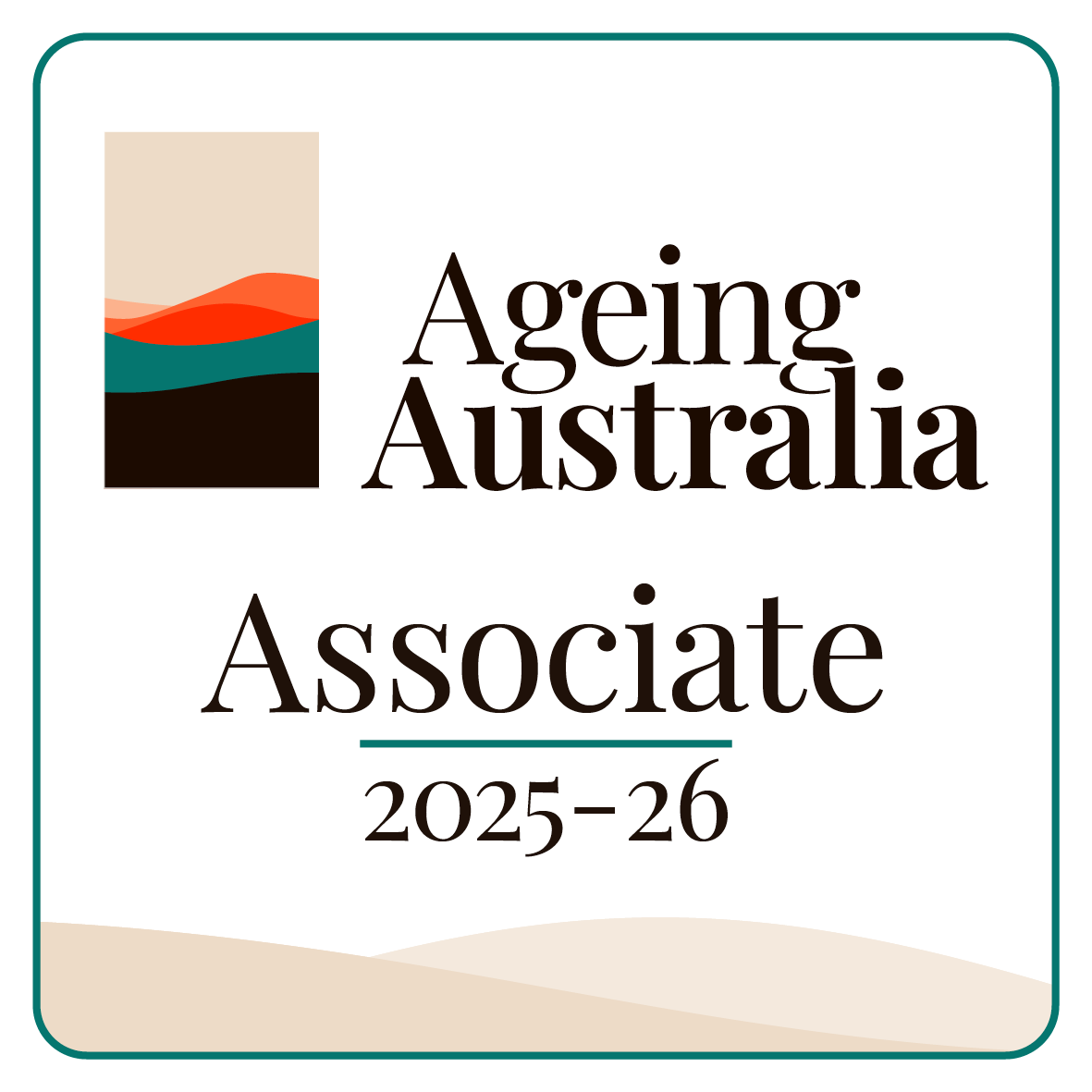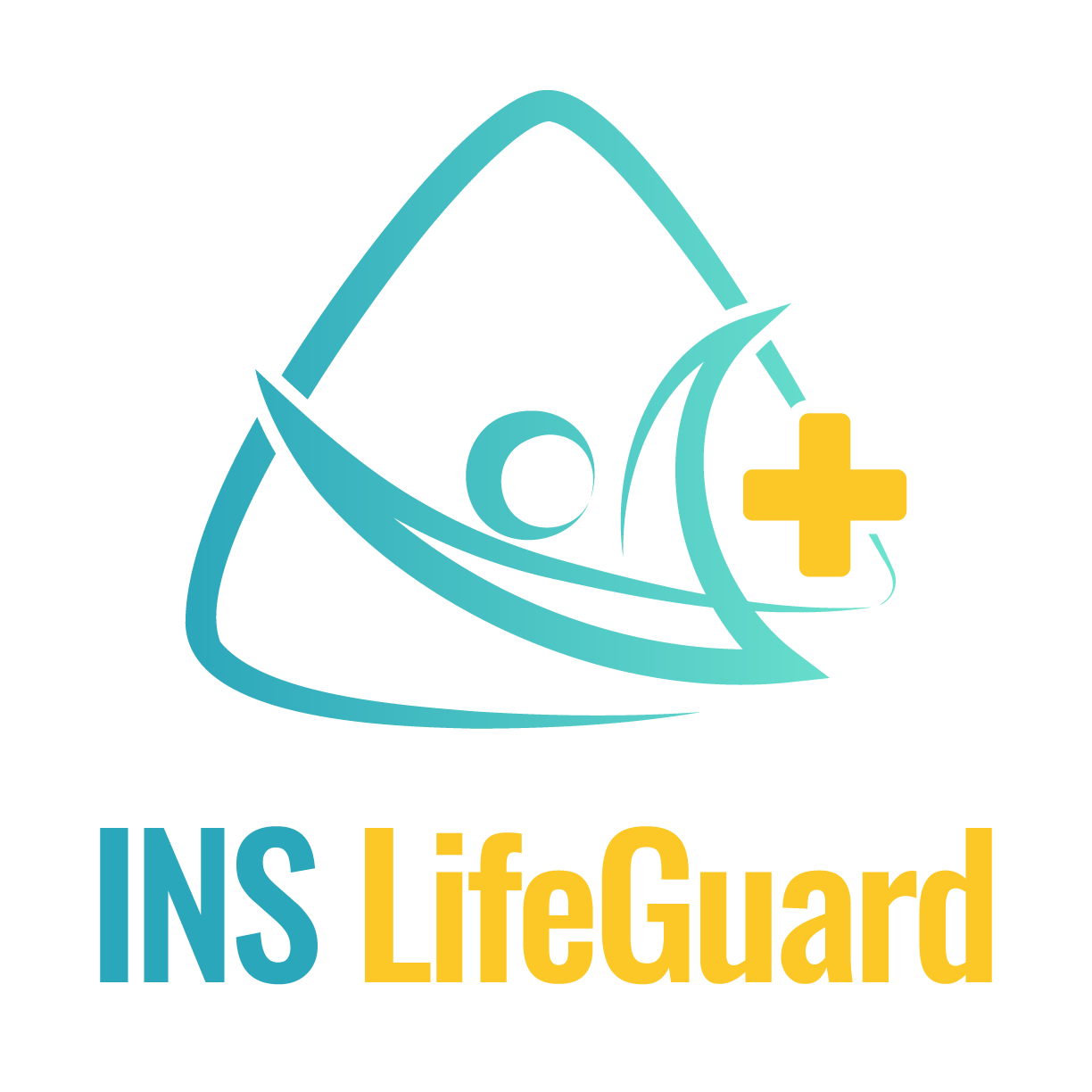Have a Question?
Understanding COPD: Symptoms, Causes, Diagnosis and How to Manage It

Chronic Obstructive Pulmonary Disease (COPD) is a serious and progressive lung condition affecting hundreds of thousands of Australians, yet many remain undiagnosed until their symptoms become severe. For those living with COPD and those caring for them, understanding the condition is key to managing symptoms, reducing risk, and improving quality of life.
What Is COPD?
COPD is an umbrella term for chronic lung diseases that cause breathing difficulties, including chronic bronchitis and emphysema. It leads to narrowed airways, reduced airflow, and chronic respiratory symptoms, often triggered or worsened by environmental exposure.
In Australia, over 1 in 20 people aged 45 and over are diagnosed with COPD, yet many more are living with it undiagnosed.
What Causes COPD?
- Tobacco smoke (responsible for up to 90% of cases)
- Passive smoking (second-hand exposure)
- Workplace exposure to dust, fumes, and chemicals
- Biomass fuels (e.g. wood fires in poorly ventilated homes)
- Rare genetic disorders such as
Alpha-1 Antitrypsin Deficiency
Smoking is the leading preventable cause of COPD. Approximately 75% of people with COPD have a history of smoking.
The Role of Vaping
Vaping has been marketed as a safer alternative to smoking; however, emerging evidence suggests it may contribute to lung damage and increase the risk of developing COPD. The aerosols produced by e-cigarettes contain harmful substances that can cause inflammation and damage lung tissue.
Early Symptoms of COPD
COPD is primarily a condition of people aged 45 and up, with the highest risk and impact seen in those 65 and older. Because COPD develops slowly, symptoms are often mistaken for signs of ageing or fitness decline. Early signs include:
- Persistent cough
- Shortness of breath (especially with exertion)
- Chest tightness or wheezing
- Excess mucus or phlegm
- Frequent chest infections
By the time most people are diagnosed with COPD, lung function may already be reduced by 50% or more.
Managing COPD: Diagnosis, Treatment & Living Well
COPD is a chronic and progressive condition, but with timely diagnosis, the right treatment plan, and consistent support, many people live full and active lives.
How Is COPD Diagnosed?
Diagnosing COPD involves:
- Reviewing medical history and lifestyle risk factors (especially smoking)
- Performing a physical examination to assess symptoms like wheezing or breathlessness
- Conducting lung function tests, particularly
spirometry, which measures how much air you can breathe in and out, and how quickly
These tests help determine how severe the disease is and what treatment will be most effective.
Treatment Options for COPD
While there is currently no cure for COPD, a combination of therapies can manage symptoms, reduce flare-ups, and improve quality of life.
Lifestyle Changes
- Quitting smoking or vaping is the most crucial step — it slows disease progression and improves lung function.
- Avoiding air pollutants and respiratory irritants is also critical.
Medications
- Bronchodilators help relax airway muscles and improve airflow.
- Inhaled corticosteroids reduce inflammation.
- Combination inhalers provide both effects in one device.

Pulmonary Rehabilitation
A structured program that includes:
- Exercise training tailored to lung health
- Breathing techniques
- Nutritional support
- Disease education
Pulmonary rehab has been shown to reduce hospital admissions by up to 40% and improve day-to-day well-being.
Oxygen Therapy
Supplemental oxygen can improve energy levels, sleep, and overall quality of life for people with advanced COPD and low oxygen levels.
Surgical Options
In select cases, procedures such as lung volume reduction surgery or lung transplantation may be recommended when other treatments are not sufficient.
Preventative Care
- Annual influenza and pneumococcal vaccines are strongly recommended.
- Preventing respiratory infections is essential for avoiding serious exacerbations.
Why Safety at Home Matters for People with COPD
People with COPD are at increased risk of:
- Falls, especially with oxygen tubing or during flare-ups
- Respiratory infections from minor illnesses
- Breathing emergencies, often requiring urgent care
- Hospitalisation after undetected symptom escalation
In 2020–21, COPD was the 5th leading cause of preventable hospitalisations in Australia, mainly from flare-ups and complications.
How INS LifeGuardian® Supports COPD Patients
INS LifeGuardian® offers discreet, proactive care for people living with COPD — all from the comfort of home. It connects users to real nurses 24/7, combining the safety of clinical oversight with the convenience of wearable technology.
For many, COPD and other chronic conditions go undiagnosed for years. Symptoms like shortness of breath, fatigue, or poor sleep are often mistaken for normal ageing. But the body’s vital signs often tell a different story and that’s where INS LifeGuardian® makes a real difference.
Through seamless integration with smartwatches like Apple Watch, the app acts not only as a personal alarm but also as a passive health monitor, continuously tracking key health metrics such as blood oxygen levels, heart rate, respiratory rate, and movement patterns. Our nurse-led team is automatically alerted when these readings fall outside safe ranges. We can then reach out, offer advice, generate GP reports if needed, and arrange support in an emergency.
COPD is a chronic, progressive condition, and managing it well requires more than symptom awareness. INS LifeGuardian® offers a powerful combination of 24/7 clinical support, smart safety technology, and continuous health monitoring, helping individuals live independently while staying connected to expert care.
Key features include:
- Emergency help at the press of a button via smartphone or compatible smartwatch
- 24/7 access to Australian nurses — for emergencies, medical advice, or simply a reassuring chat
- Voice-activated SOS (e.g. “Hey Siri, help me”) for hands-free emergency access (iOS only)
- Automatic crash and fall detection — even if the user is unable to press an alert
- Gait and movement monitoring to identify early signs of fall risk
- Continuous tracking of oxygen levels, heart rate, and respiratory rate
- Real-time alerts for abnormal readings — with immediate nurse-led follow-up
- Monthly clinical health reviews, with optional GP or specialist reporting
- GPS location tracking in emergencies
- Scheduled safety check-ins for users who live alone
- Integration with TeleHealth devices (e.g. BP monitors, glucose meters)
- Carer and family connection via the INS LifeGuardian Connect® app — with real-time notifications and wellness insights
For anyone managing a chronic condition like COPD, it’s not just about getting help in a crisis — it’s about preventing one before it starts.
INS LifeGuardian® turns everyday health data into life-saving action, offering users and their families confidence, support, and peace of mind.
Support for Carers and Families
The INS LifeGuardian Connect® app is designed to help carers, family members, and support staff stay informed and involved in the well-being of those they care for, while promoting independent living and peace of mind.
With the client’s consent, approved users can securely access real-time updates and configure important alerts via the free INS LifeGuardian Connect® app, based on data collected through the INS LifeGuardian® app..
This app is part of INS LifeGuard’s broader vision for coordinated, connected care in both community and home-based settings.
Features include:
- Easily view reports, including alarm history and system activity
- Set geofence alerts and location requests, and receive notifications when a loved one moves in or out of a defined area
- Set up tasks and reminders* to help manage daily routines (e.g., medication, appointments)
- Configure personal activity monitoring alerts, such as reduced movement or missed check-ins
- View or set up alerts for vital signs, to detect or monitor medical changes using data from our free TeleHealth service
*Task and reminder scheduling is a planned feature and will be available soon.
With the INS LifeGuardian Connect® app, carers can stay connected, proactive, and confident, knowing their loved one is supported with innovative technology and 24/7 clinical backup.
Understanding COPD - Chronic Obstructive Pulmonary Disease
This free one-page guide is perfect for anyone living with COPD, concerned about their lung health, or caring for someone who is. It covers the key facts: symptoms, causes, diagnosis, treatment options, and self-management tips, all in a simple, printable format.
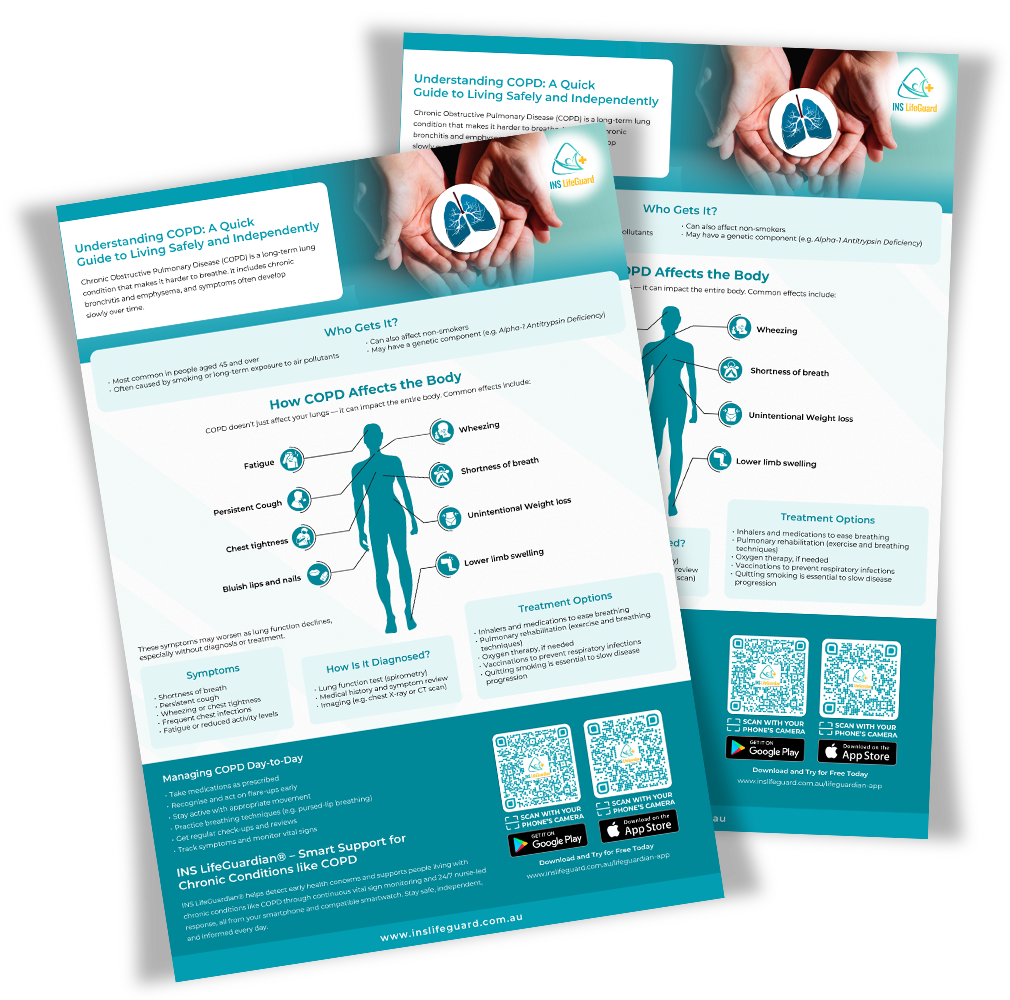
Final Thoughts: Take a Breath — and Take Control
COPD doesn’t have to take away independence. With smart technology and real clinical backup, Australians can manage COPD safely at home, reduce hospital visits, and feel confident every day.
Want to know how INS LifeGuard’s nurses can support you or a loved one through smart, connected care? Visit our website or call 1800 636 040 to chat with our friendly team.

About
INS LifeGuard is the only 24/7 nurse on-call personal and medical monitoring in Australia. We provide monitoring technology for both in the home and on the go and can also monitor other provider's equipment. Our services are suitable for anyone wanting support to stay independent such as the elderly, those with medical conditions and disabilities plus enhancing safety and security for lone workers.
